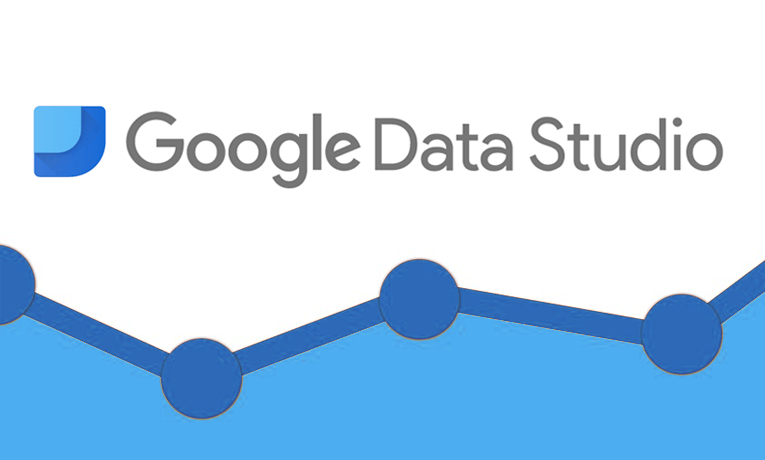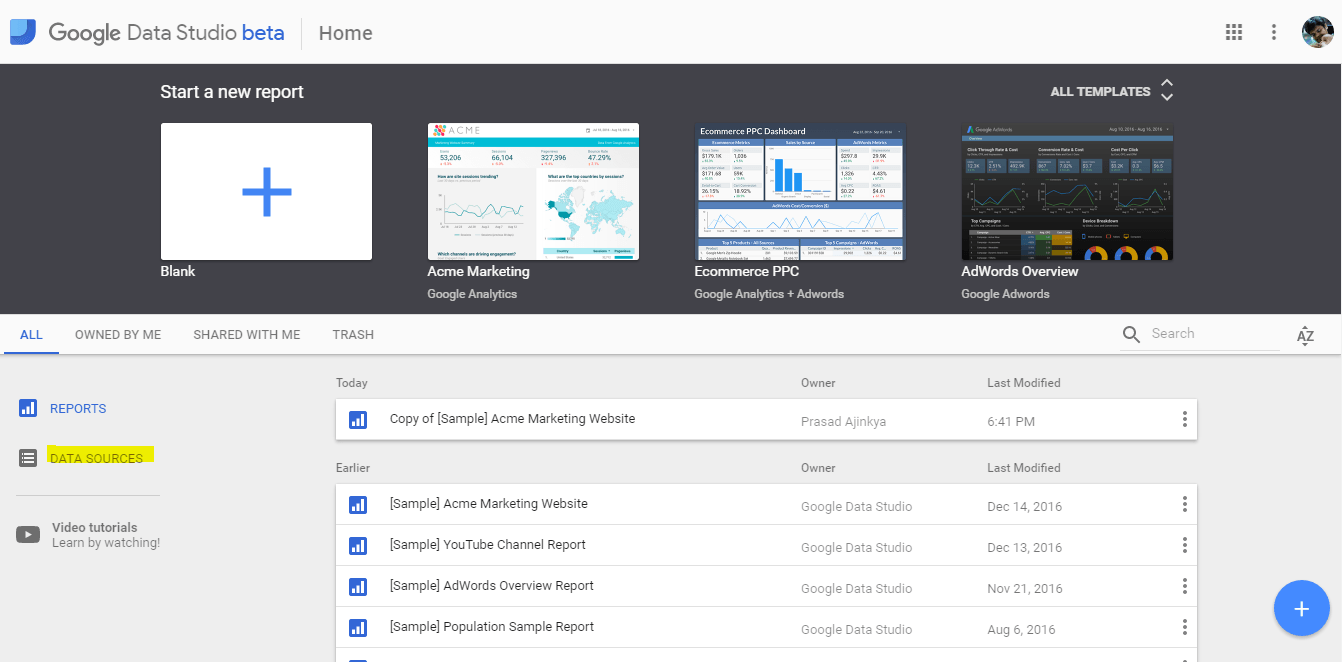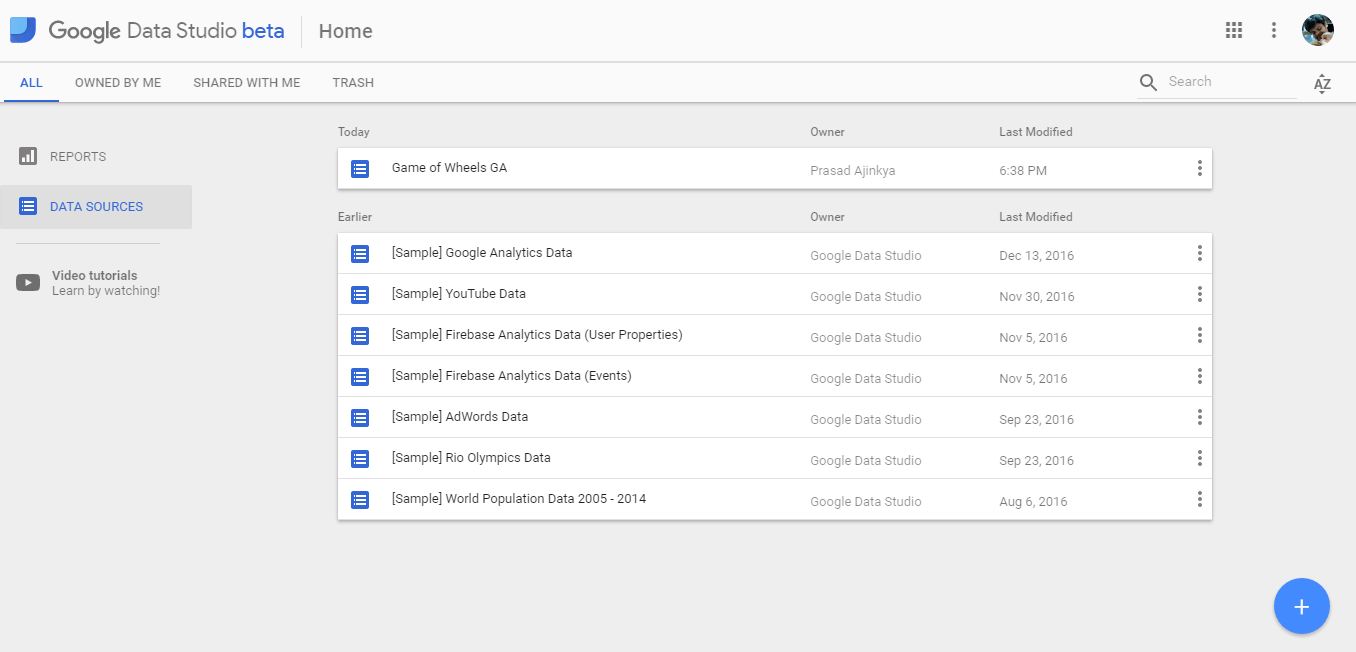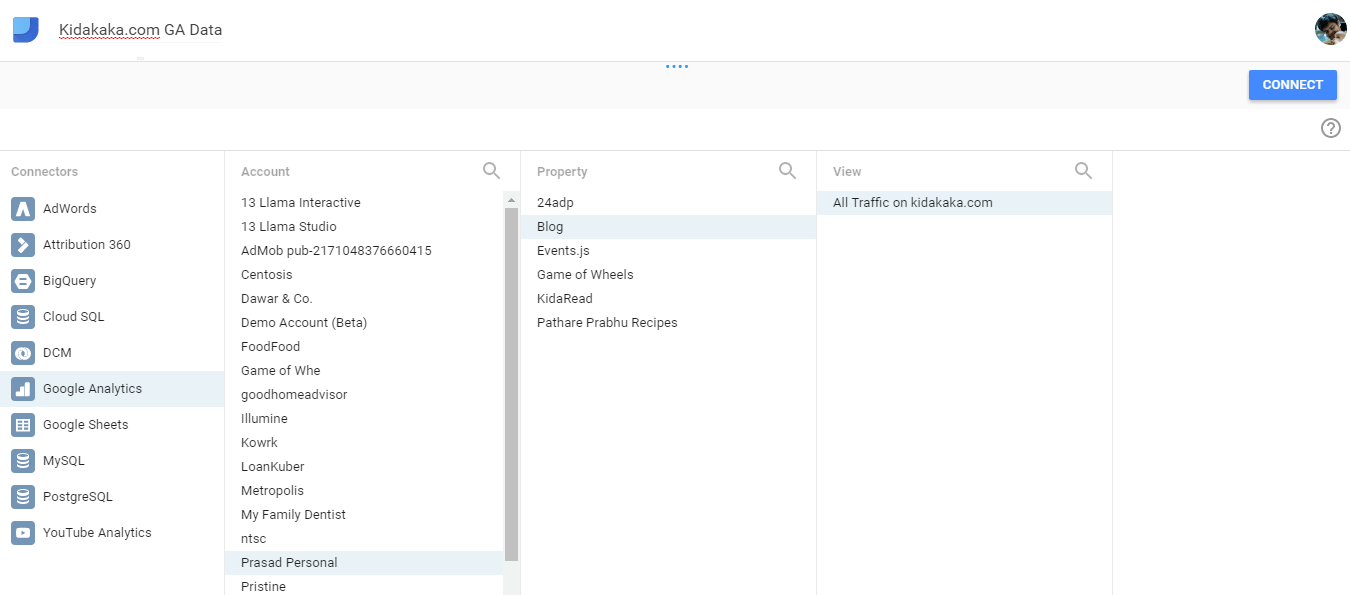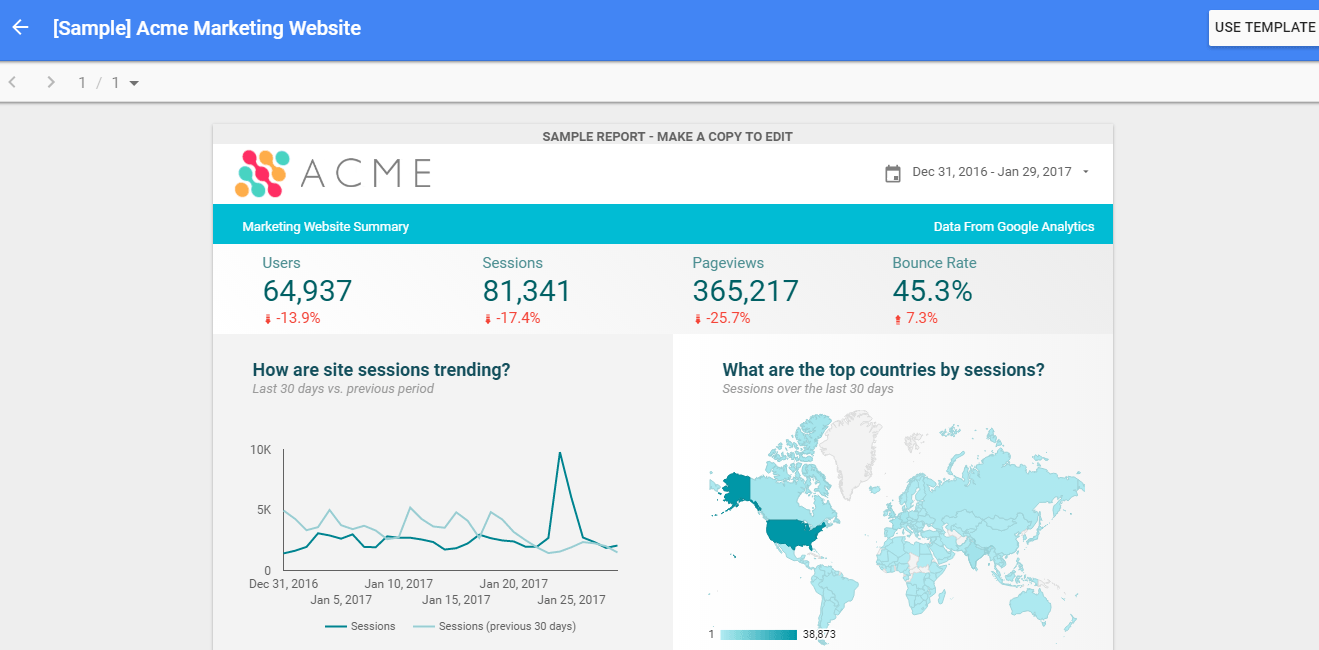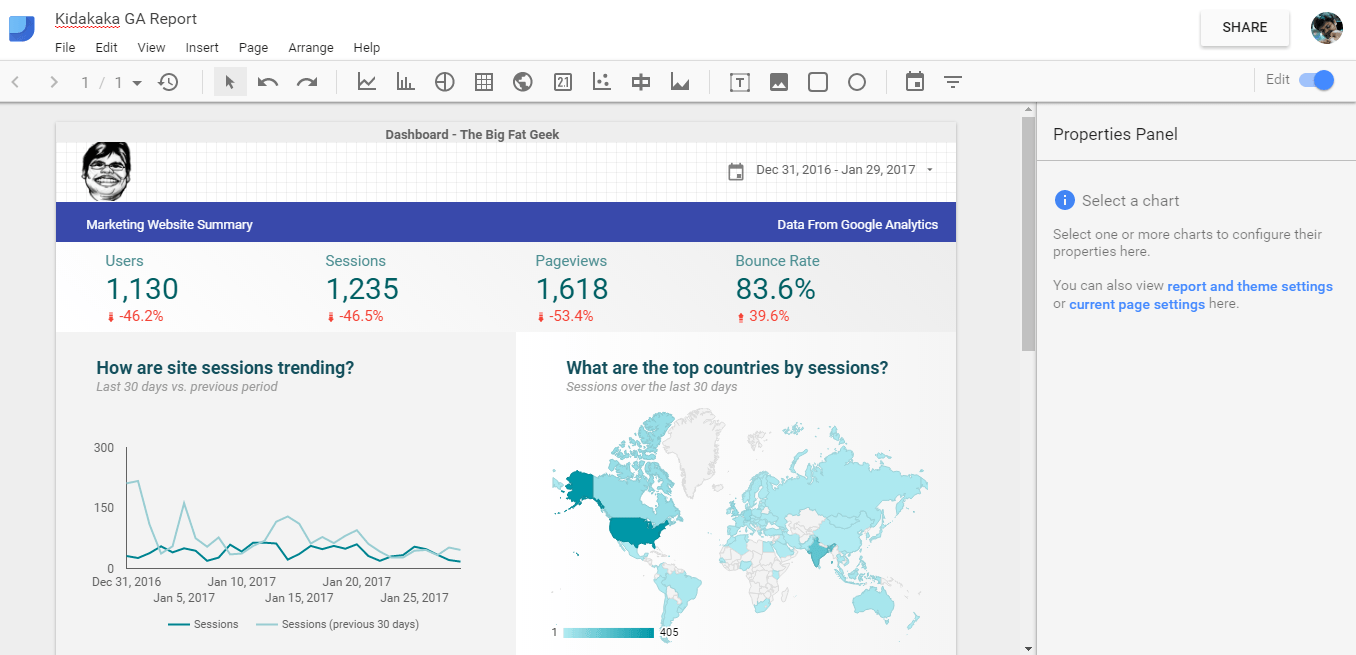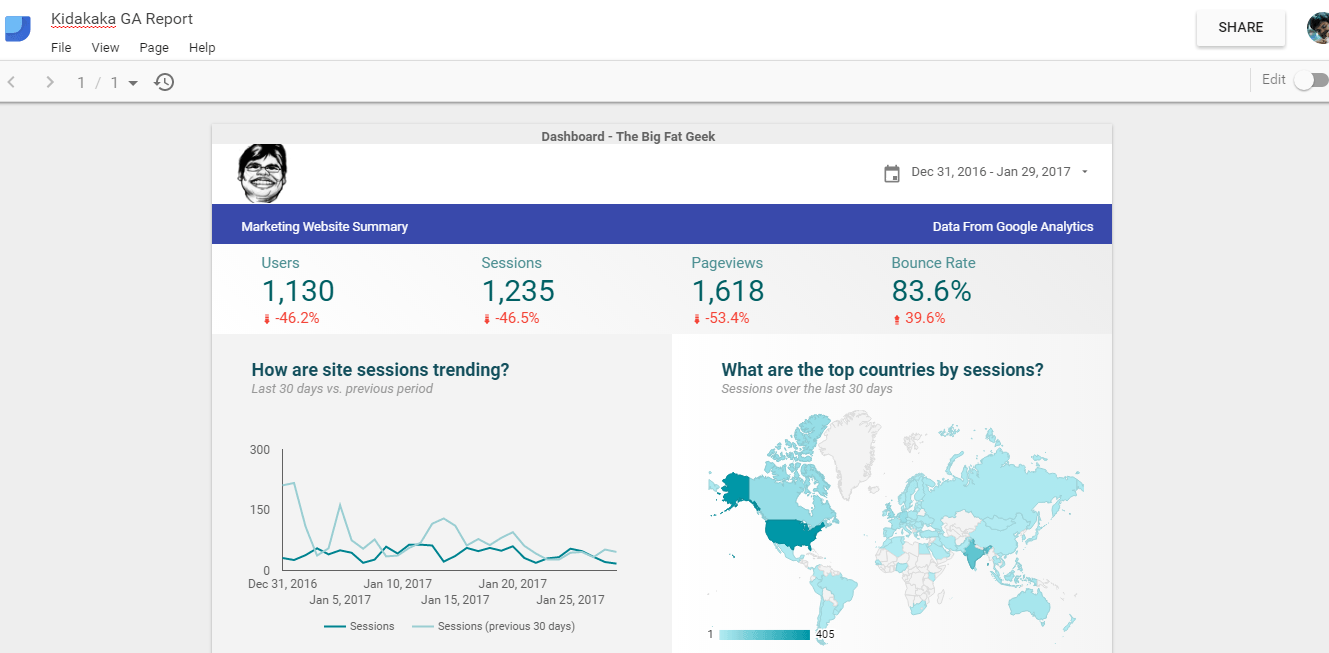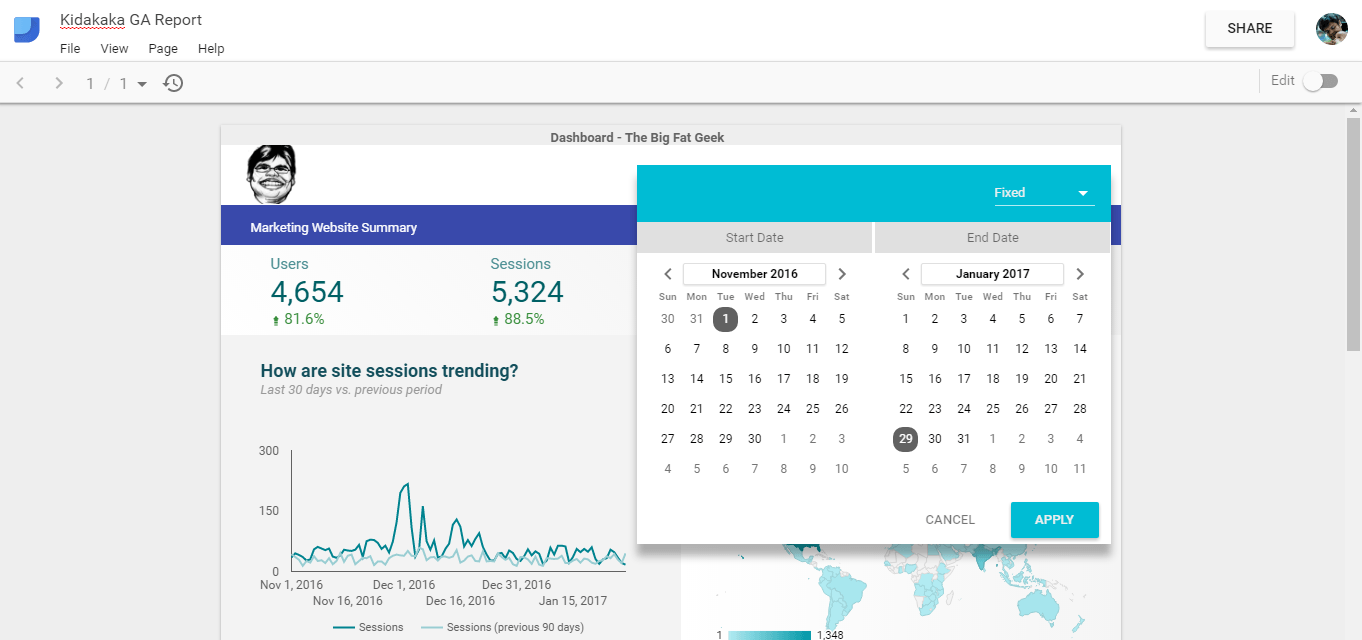Data is being used to showcase that vaue has been generated. In order to do this, the most beautiful reports have to be eeked out. Now if you are a follower of Avinash Kaushik and don’t like data pukes, then you would be aghast at some of the reports that agencies in India tend to dish out.
I was, and 13 Llama Interactive was born out of that need to do better at both data driven marketing and reporting with transparency.
The road to hell is paved with good intentions
If you’ve been providing paid marketing services to clients for any extended period of time, you know that every person you work with has a different level of online marketing knowledge. Some people might be experienced account managers, others might know basics, while others still might not know the industry at all. It can be easy…
via 5 Agency Reporting Tips to Prove Your Value to Clients — WordStream RSS Feed
Apparently “agency reporting” is a thing. This is where every week or every month, the agency that is handling the brand account (or the performance account if you may) sends across reams of PDFs (or excel sheets) that’s meant to prove that whatever hair brained plan that they had cooked up the last period has worked.
The most common method to justify existence is to keep throwing boatloads of data reports from all tools and then talk about worthless metrics. Each of these tools mentioned in the article that I have shared helps agencies do this at scale, effortlessly.
Is too much data a bad thing?
It can be. If all that data is leading to Analysis Paralysis … or if it leads to falling in love with data analysis itself and forgetting real business outcomes (the reason why you got money for funding the collection of all that data).
If no one is using this mountain of data for solving problems, then it’s better that the data not be collected at all.
Yes, you are letting go of possibilities, but so be it. The damage to the business by wasting resources on gathering more liabilities instead of assets is much worse.
That’s what creates a paradox. Should we or shouldn’t we collect data?
Here’s a great video from Superweek that makes the case pretty well.





